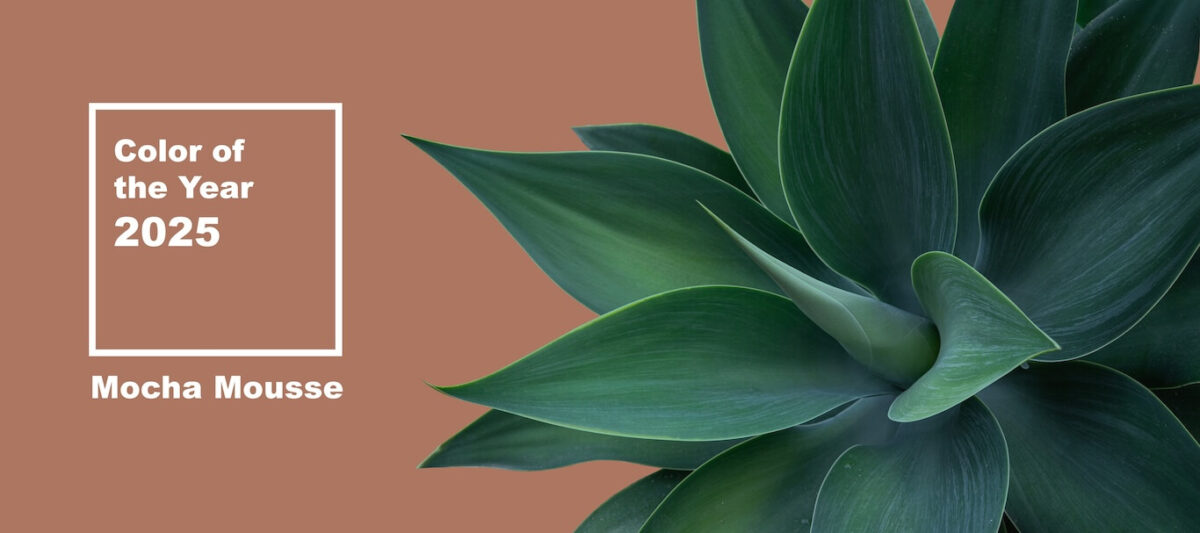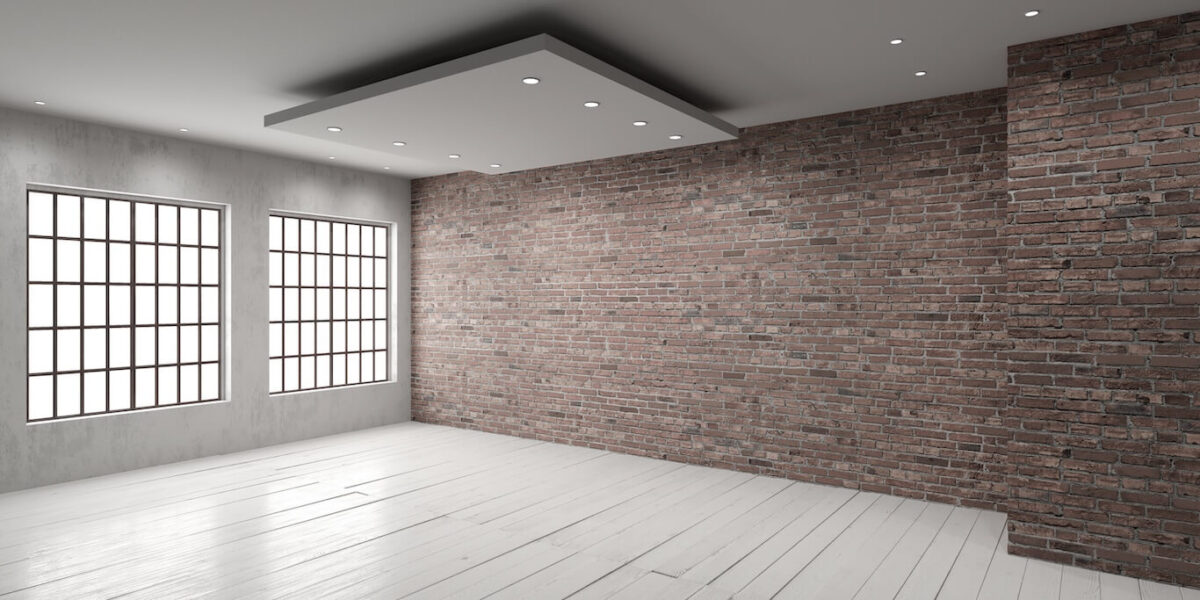If you haven’t heard much about Wabi-Sabi style, then chances are good that’ll change in 2018. It’s a trend you will likely fall in love with if your home has that “lived in” look.
The glossy layouts pictured in home magazines typically look pristine and perfect, but Wabi-Sabi revels in imperfections and encourages you to choose authenticity over flawlessness. For anyone embracing the contemporary living theme in their home, Wabi-Sabi is a perfect fit for that on-the-go lifestyle. There’s a lot to love about this style, which is one reason why designers expect to see it emerging as one of the most popular design trends for 2018.
According to Robyn Lawrence, author of the books “The Wabi-Sabi House” and “Simply Imperfect: Revisiting the Wabi-Sabi House,” Wabi-Sabi is more of an attitude than a specific style. It does embrace some very clear attributes, however, such as soft, dim lighting, a lack of clutter, and the presence of items with history and meaning.
The Nature of Wabi-Sabi
Understanding the Wabi-Sabi mindset means tracing it back to its origins. Rooted in Japanese culture, “Wabi” describes a simple approach that is humble, in tune with nature, and eschews materialism. It’s a term that is often used in Japanese culture to describe someone who is content with few possessions and who seeks wisdom.
The second half of this decorating equation, “Sabi,” translates to “the bloom of time,” and refers to things (and people) growing older and faded but not diminishing in worth or appreciation.
Paired together in home design, Wabi-Sabi becomes a term for a style that can sometimes be messy and imperfect and that places value on keeping the things you love. It’s similar to the Scandinavian trend of lagom, and even though both of these trends lean toward minimalism, Wabi-Sabi is also about embracing natural materials. That is reflected in the colors favored in Wabi-Sabi decorating: soft whites, earthy greens, browns, rusts, and grays create a muted sort of rainbow that designers draw from to create a serene environment that invites comfort over style.
Letting Go of Perfection
Creating a Wabi-Sabi environment begins with letting go of what you think your home “should” look like and instead exploring what it takes to make you happy and comfortable in your space. That might lead to an eclectic look; for example, your late grandmother’s scarred and timeworn cedar chest might take the place of that artfully designed cocktail table, and that perfect crystal vase is replaced by the less-than-perfect pottery your daughter made at school.
Instead of showroom perfection, Wabi-Sabi celebrates the reality of life and living in the moment. It’s more about the personality of the people who live in the space than the furniture and things that fill it. And, because the purpose is more about paring down and keeping what you love and what you need instead of accumulating more things, it can also lead to living simpler and smaller rather than larger.
Going Against the Grain
If you’re ready to bring Wabi-Sabi design into your own home, then Lawrence recommends that you start by looking at the things you love and deciding what items hold the most meaning for you. Think about whether or not each item resonates with you or if it just fills a space.
If you’re adding furniture to the mix, the Wabi-Sabi way is about reusing, recycling, and redecorating. Slight imperfections, such as cracks and scratches, are welcomed in Wabi-Sabi, so refurbishing used furniture is a great start to embracing this mindset. As you embrace the Wabi-Sabi way, this new-to-you furniture becomes part of your ongoing story.
Renting furniture to see what works and what doesn’t is another way to home in on your new design vision. CORT Furniture Rental offers furnishings for every room in your home so that you can quickly fill your space if you’re just starting out or starting fresh.





